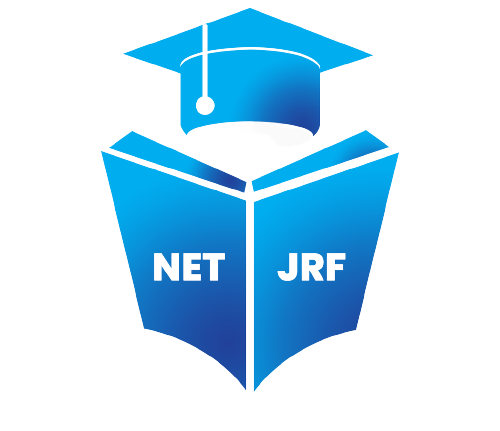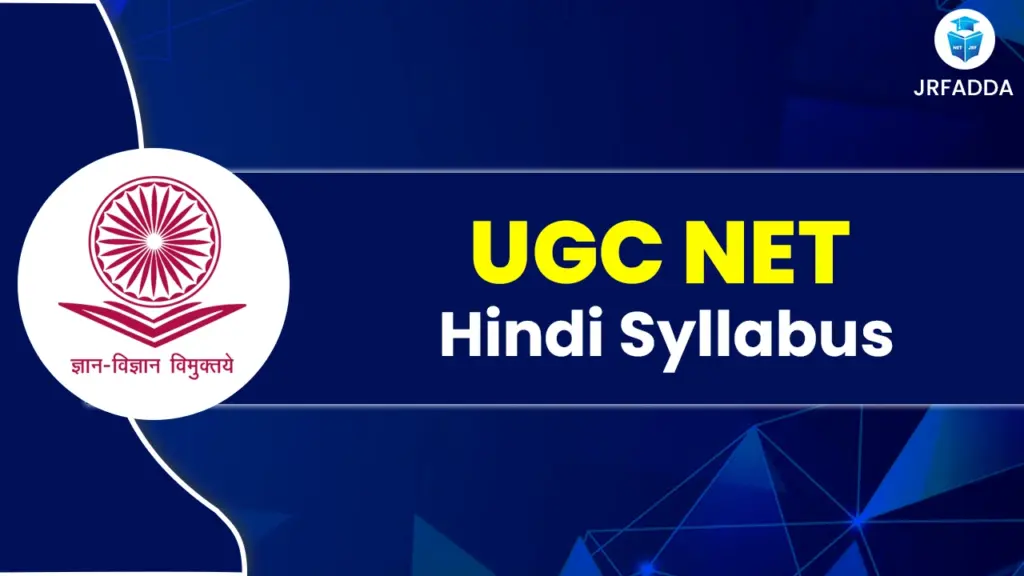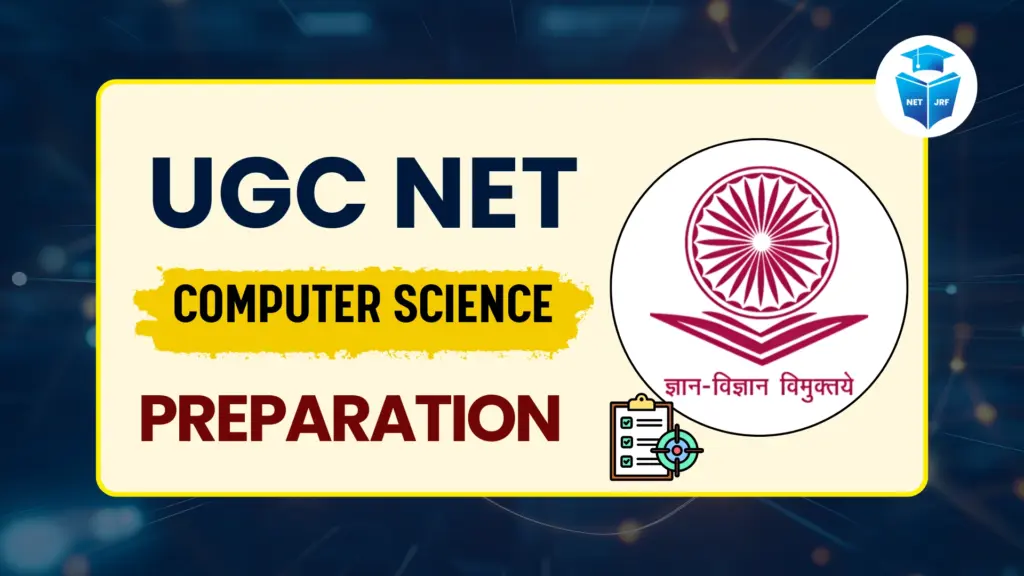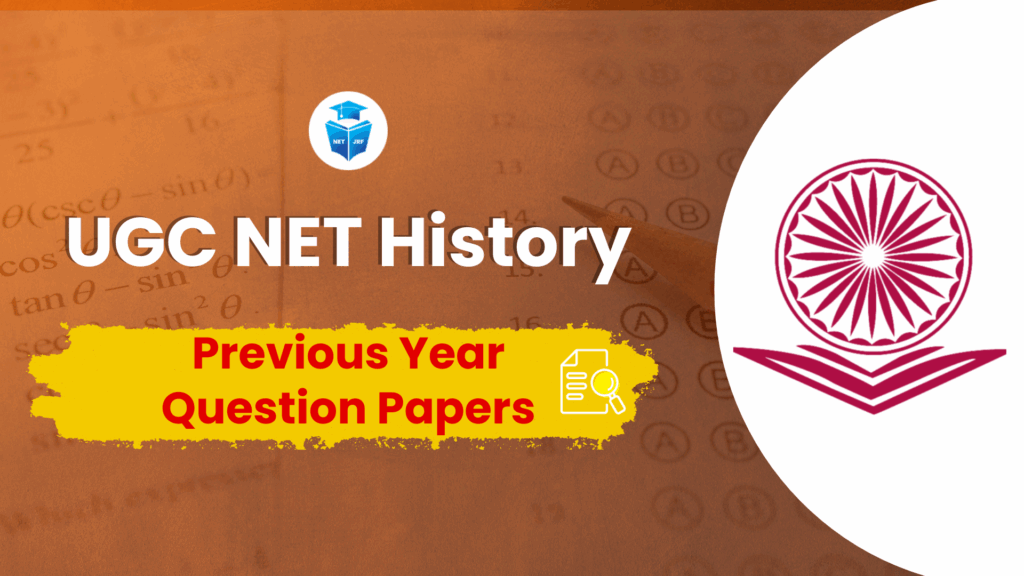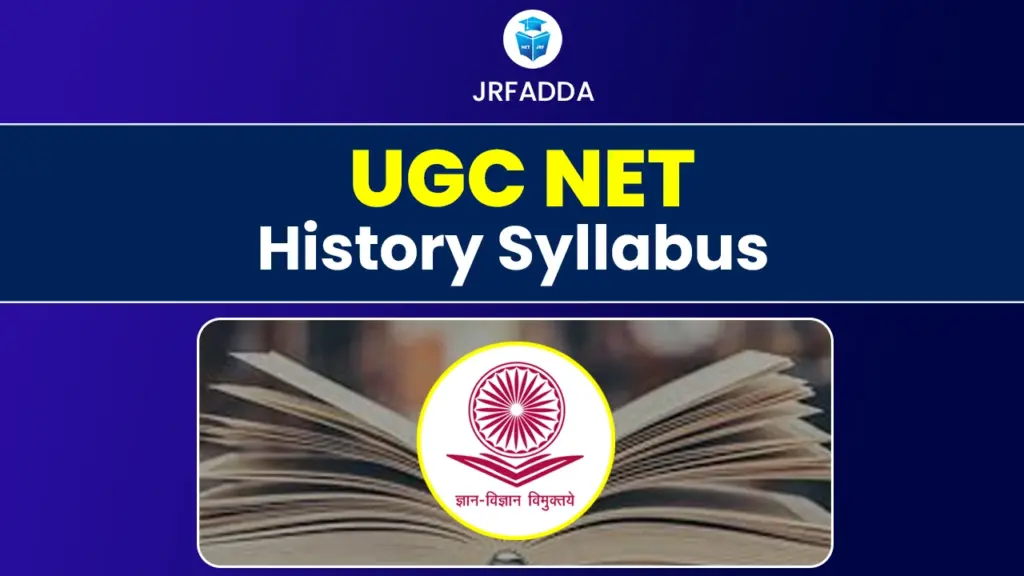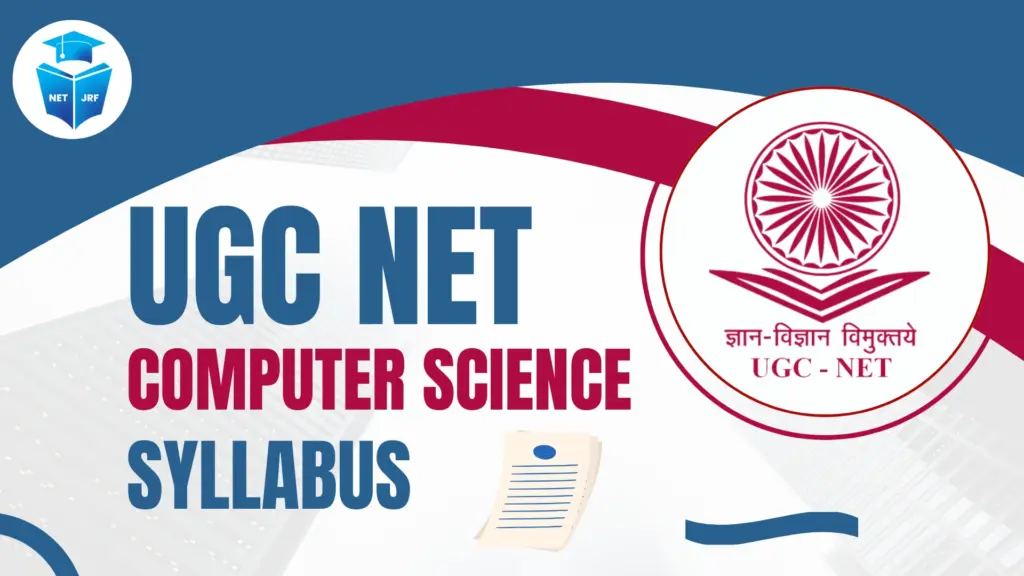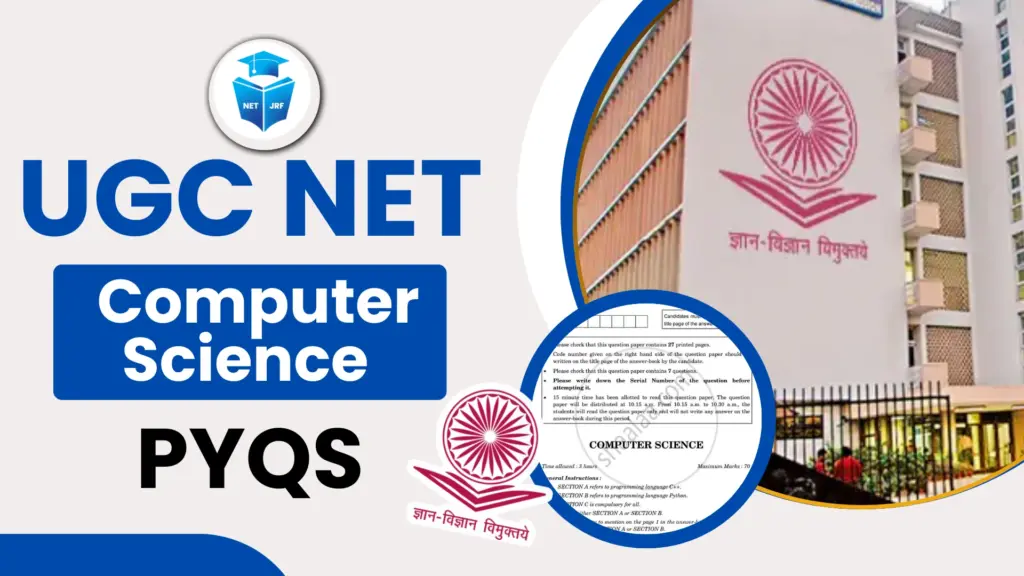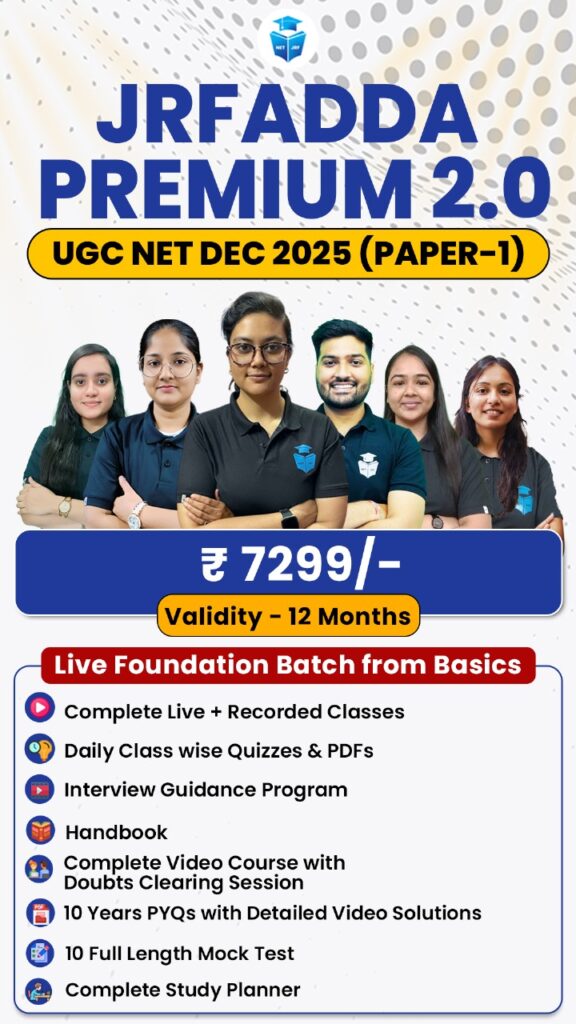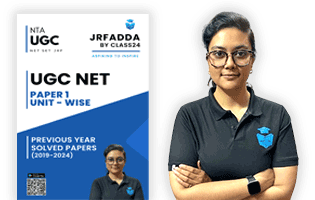The UGC NET Hindi Syllabus 2025 has been officially released by the National Testing Agency (NTA) for candidates aiming to qualify for Assistant Professor and Junior Research Fellowship (JRF) posts. The subject code for Hindi is 20. To ensure systematic and strategic preparation, aspirants must review the syllabus thoroughly. The syllabus is divided into ten major units covering ancient to modern Hindi literature, language structure, literary criticism, and more.
UGC NET Hindi Syllabus 2025 Overview
The UGC NET exam, conducted by NTA, assesses eligibility for Assistant Professorship and JRF. It is held twice a year in online mode (CBT) and is conducted in Hindi. The exam comprises two papers with a total duration of 3 hours.
| Feature | Details |
| Exam Name | UGC NET 2025 |
| Conducting Authority | National Testing Agency (NTA) |
| Purpose | Eligibility for Assistant Professor & JRF |
| Exam Frequency | Twice a year |
| Exam Mode | Computer-Based Test (CBT) |
| Medium of Exam | Hindi |
| Total Duration | 3 Hours (180 Minutes) |
| Papers | Paper I (General) & Paper II (Subject-specific) |
| Subject Code for Hindi | 20 |
| Expected Exam Dates | 21 June to 30 June 2025 (Tentative) |
| Official Website | ugcnet.nta.nic.in |
Also Read: UGC NET June 2025
UGC NET Hindi Syllabus Download
To maximize preparation, aspirants must refer to the official UGC NET Hindi Syllabus 2025 PDF released by NTA. The syllabus provides a clear roadmap of topics under each unit, enabling targeted and focused study. Download the PDF using the link below and ensure a complete revision of key themes in Hindi literature and linguistics.
Some important topics in UGC NET Hindi Syllabus includes:
- हिन्दी भाषा और उसका विकास
- हिन्दी साहित्य का इतिहास
- हिन्दी साहित्य की गद्य विधाएं
- साहित्यशास्त्र
- वैचारिक पृष्ठभूमि
- हिन्दी कविता
- हिन्दी उपन्यास
- हिन्दी कहानी
- हिन्दी नाटक
- हिन्दी निबंध
- आत्मकथा, जीवनी तथा अन्य गद्य विधाएं
UGC NET Hindi Syllabus PDF Download
| Download UGC NET Hindi Syllabus 2025 PDF |
UGC NET Syllabus Paper 1 Unit Wise
Paper 1 is a common paper across all subjects and tests research, teaching aptitude, and reasoning abilities. Mastering Paper 1 is essential for boosting your overall UGC NET score.
Also Read: UGC NET Syllabus 2025 PDF Download
| Unit No. | Topic | Description |
| Unit 1 | Teaching Aptitude | Nature, objectives, characteristics of teaching; learner’s characteristics; teaching methods |
| Unit 2 | Research Aptitude | Types of research, research ethics, steps in research, thesis/dissertation writing, methods of research |
| Unit 3 | Comprehension | Reading comprehension of a short passage with interpretative questions |
| Unit 4 | Communication | Effective communication, types, barriers, classroom communication |
| Unit 5 | Mathematical Reasoning and Aptitude | Number series, percentage, profit & loss, ratio, averages, time-speed-distance, data tables |
| Unit 6 | Logical Reasoning | Analogies, syllogism, deductive and inductive reasoning, Venn diagrams |
| Unit 7 | Data Interpretation | Interpretation from graphs, charts, and tables |
| Unit 8 | Information and Communication Technology (ICT) | Basics of ICT, use in teaching, e-learning tools, internet and digital initiatives |
| Unit 9 | People, Development, and Environment | Sustainable development, environmental issues, climate change, pollution, conservation |
| Unit 10 | Higher Education System | Governance, policies, regulatory frameworks, evolution and value-based education |
Download UGC NET Paper I Syllabus 2025 PDF
| UGC NET Paper I Syllabus 2025 | |
| English | Hindi |
UGC NET Hindi Syllabus Paper 2 Unit Wise
Paper 2 is subject-specific and focuses on core Hindi content. This includes Hindi language, grammar, literature (ancient to modern), criticism, and linguistics. Here’s an overview of key units:
इकाई – I: हिन्दी भाषा और उसका विकास
| विषय | उपविषय |
| 1. हिन्दी की ऐतिहासिक पृष्ठभूमि | – प्राचीन आर्य भाषाएँ
– मध्यकालीन आर्य भाषाएँ: पालि, प्राकृत (शौरसेनी, अर्द्धमागधी, मागधी), अपभ्रंश, अवहट्ट – पुरानी हिन्दी से आधुनिक हिन्दी तक का संक्रमण – आधुनिक आर्य भाषाओं का वर्गीकरण |
| 2. भौगोलिक विस्तार | – हिन्दी की उपभाषाएँ: पश्चिमी हिन्दी, पूर्वी हिन्दी, राजस्थानी, बिहारी, पहाड़ी
– बोलियाँ: खड़ीबोली, ब्रजभाषा, अवधी |
| 3. भाषिक स्वरूप | – ध्वनि व्यवस्था: स्वनिम (खंड्य/खंड्येतर)
– शब्द रचना: उपसर्ग, प्रत्यय, समास – रूप रचना: लिंग, वचन, कारक (संज्ञा, सर्वनाम, विशेषण, क्रिया) – वाक्य रचना |
| 4. प्रयोग के विविध रूप | – बोली, मानक भाषा, सम्पर्क भाषा, राजभाषा, राष्ट्रभाषा
– संचार माध्यम में हिन्दी – कम्प्यूटर व हिन्दी – संवैधानिक स्थिति |
| 5. देवनागरी लिपि | – विशेषताएँ और मानकीकरण |
इकाई – II: हिन्दी साहित्य का इतिहास
| काल/विधा | मुख्य बिंदु |
| 1. साहित्येतिहास दर्शन | – इतिहास लेखन की पद्धतियाँ
– कालविभाजन: आदिकाल, भक्तिकाल, रीतिकाल, आधुनिक काल |
| 2. आदिकाल | – रासो साहित्य
– जैन साहित्य – सिद्ध-नाथ साहित्य – अमीर खुसरो, विद्यापति |
| 3. भक्तिकाल | – भक्ति आंदोलन की पृष्ठभूमि
– निर्गुण/सगुण भक्ति परंपरा – प्रमुख कवि: कबीर, तुलसी, सूर, मीरा |
| 4. रीतिकाल | – रीतिबद्ध, रीतिसिद्ध, रीतिमुक्त
– प्रमुख कवि: बिहारी, भूषण, घनानंद |
| 5. आधुनिक काल | – भारतेन्दु युग: पुनर्जागरण, पत्रकारिता
– द्विवेदी युग: नवजागरण, सरस्वती – छायावाद, प्रगतिवाद, प्रयोगवाद, नई कविता, समकालीन काव्य |
| 6. गद्य विधाएँ | – उपन्यास, कहानी, नाटक, निबंध, आलोचना, रेखाचित्र, यात्रा साहित्य, आत्मकथा, जीवनी, रिपोर्ताज
– प्रवासी साहित्य |
इकाई – III: साहित्यशास्त्र
| श्रेणी | विवरण |
| भारतीय सिद्धान्त | – रस, अलंकार, रीति, ध्वनि, वक्रोक्ति, औचित्य
– रस निष्पत्ति, साधारणीकरण, शब्दशक्ति, काव्यगुण-दोष |
| पाश्चात्य सिद्धान्त | – प्लेटो: अनुकरण विरोध
– अरस्तू: त्रासदी, विरेचन – वर्ड्सवर्थ: काव्यभाषा सिद्धांत – कॉलरिज: कल्पना व फैंटेसी – टी.एस. इलियट: परम्परा व निर्वैयक्तिकता – I.A. रिचर्ड्स: संप्रेषण, मूल्य – रूसी रूपवाद, नई समीक्षा, मिथक व प्रतीक |
इकाई – IV: वैचारिक पृष्ठभूमि
| चरण | विषयवस्तु |
| 1. नवजागरण | – भारतीय नवजागरण, हिन्दी नवजागरण
– फोर्ट विलियम कॉलेज – भारतेन्दु, द्विवेदी |
| 2. विचारधाराएँ | – गांधीवाद, अंबेडकरवाद, लोहियावाद
– मार्क्सवाद, अस्तित्ववाद, मनोविश्लेषणवाद – उत्तर आधुनिकतावाद – अस्मितामूलक विमर्श: दलित, स्त्री, आदिवासी, अल्पसंख्यक |
इकाई – V: हिन्दी कविता
| काल | कवि/रचना |
| आदिकाल | – पृथ्वीराज रासो
– अमीर खुसरो – विद्यापति |
| भक्तिकाल | – कबीर, सूरदास, तुलसीदास, जायसी, मीरा |
| रीतिकाल | – बिहारी सतसई
– घनानंद |
| आधुनिक कविता | – हरिऔध, मैथिलीशरण गुप्त, जयशंकर प्रसाद
– निराला, पंत, महादेवी, दिनकर – नागार्जुन, अज्ञेय, भवानीप्रसाद, मुक्तिबोध, धूमिल |
इकाई – VI: हिन्दी उपन्यास
| कथा साहित्य | उपन्यास/लेखक |
| प्रारंभिक युग | देवरानी जेठानी (गौरीदत्त), परीक्षा गुरु (श्रीनिवास दास) |
| प्रेमचन्द युग | गोदान |
| प्रगतिशील/नवलेखन | – शेखर एक जीवनी (अज्ञेय), बाणभट्ट (द्विवेदी), मैला आँचल (रेणु)
– झूठा सच (यशपाल), मानस का हंस (नागर), तमस (भीष्म), राग दरबारी (श्रीलाल शुक्ल), जिन्दगीनामा (सोबती), आपका बंटी (मन्नू भंडारी) |
इकाई – VII: हिन्दी कहानी
| कहानीकार | प्रमुख कहानियाँ |
| बंग महिला, माधवराव सप्रे, सुभद्रा कुमारी | चन्द्रदेव से बातें, एक टोकरी भर मिट्टी, राही |
| प्रेमचंद | ईदगाह, दुनिया का अनमोल रत्न |
| रेणु, जैनेन्द्र, प्रसाद | तीसरी कसम, अपना भाग्य, आकाशदीप |
| अज्ञेय, शेखर जोशी, भीष्म | गैंग्रीन, कोसी का घटवार, अमृतसर आ गया |
| निर्मल वर्मा, ज्ञानरंजन, कमलेश्वर | परिंदे, पिता, राजा निरबंसिया |
इकाई – VIII: हिन्दी नाटक
| नाटककार | प्रमुख नाटक |
| भारतेन्दु | अंधेर नगरी, भारत दुर्दशा |
| प्रसाद | चन्द्रगुप्त, स्कंदगुप्त, ध्रुवस्वामिनी |
| धर्मवीर भारती | अंधायुग |
| मोहन राकेश | आधे-अधूरे, आषाढ़ का एक दिन |
| हबीब तनवीर, सक्सेना, अश्क | आगरा बाजार, बकरी, अंजो दीदी |
| मन्नू भंडारी | महाभोज |
इकाई – IX: हिन्दी निबंध
| निबंधकार | प्रमुख निबंध |
| भारतेन्दु, मिश्र, भट्ट | दिल्ली दरबार, शिवमूर्ति, शिवशंभु के चिट्ठे |
| रामचन्द्र शुक्ल | कविता क्या है |
| द्विवेदी, मिश्र, पूर्ण सिंह | नाखून क्यों बढ़ते हैं, मेरे राम…, मजदूरी और प्रेम |
| नामवर, विवेकी राय | संस्कृति और सौंदर्य, उठ जाग मुसाफिर |
इकाई – X: आत्मकथा/अन्य गद्य विधाएँ
| विधा | रचनाएँ |
| आत्मकथा | क्या भूलूँ क्या याद करूँ (बच्चन), मुर्दहिया (तुलसीराम), आपहुदरी (रमणिका) |
| संस्मरण | ठकुरी बाबा (महादेवी), भोलाराम का जीव (परसाई) |
| जीवनी | आवारा मसीहा (विष्णु प्रभाकर) |
| यात्रा-साहित्य | मेरी तिब्बत यात्रा (राहुल सांकृत्यायन) |
| डायरी | एक लेखक की डायरी (मुक्तिबोध) |
UGC NET Hindi Exam Pattern 2025
The UGC NET Hindi exam includes two papers, conducted online in a single session.
| Papers | No. of Questions | Marks | Type of Questions | Duration |
| Paper 1 | 50 | 100 | General Aptitude | 3 hours |
| Paper 2 | 100 | 200 | Subject-specific (Hindi) | 3 hours |
Also Read: UGC NET Exam Pattern 2025
Tips to Crack UGC NET Hindi Exam 2025
Cracking the UGC NET Hindi exam requires consistent preparation and strategic study. Here are some expert-backed tips to boost your performance:
- Begin early: Start your preparation during your university days to build a strong base in Hindi literature and linguistics.
- Refer to central university syllabi: This helps cover overlapping topics and aligns your study with UGC NET standards.
- Create a realistic study plan: Make a daily/weekly timetable that balances syllabus coverage, revision, and practice.
- Practice previous years’ question papers: Understand the question pattern and identify high-weightage sections.
- Take mock tests in exam conditions: Simulate the test environment to improve focus and reduce exam anxiety.
- Work on speed and accuracy: Practice MCQs regularly to manage time efficiently during the exam.
- Take mindful breaks: Refreshing your mind between study sessions boosts long-term retention and reduces fatigue.
Conclusion
The UGC NET Hindi Syllabus 2025 offers a well-structured framework for aspirants targeting the roles of Assistant Professor or JRF. Covering classical to modern Hindi literature, criticism, grammar, and translation, the syllabus ensures conceptual clarity and analytical development. Download the latest syllabus in PDF format, revise each unit methodically, and practice mock tests to enhance your exam readiness. A structured approach, backed by strategic preparation tips, will significantly improve your chances of success.
UGC NET Hindi Syllabus 2025 FAQs
What are the major sections covered in the UGC NET Hindi Paper 2 syllabus?
The syllabus includes units on Hindi language and its development, history of Hindi literature, literary theory, conceptual background, poetry, novel, short story, drama, essay, autobiography, and other prose forms.
Is the UGC NET Hindi syllabus the same every year?
While the core topics remain consistent, slight revisions or structural changes may be introduced by the NTA. Candidates should always check the latest syllabus on the official website before preparing.
How many questions are asked from Paper 2 in UGC NET Hindi?
Paper 2 consists of 100 multiple-choice questions, each carrying 2 marks, all based on the Hindi subject syllabus.
Are classical and modern Hindi literature both included in the syllabus?
Yes, the syllabus covers both classical literature (like works by Kabir, Tulsidas, and Surdas) and modern literature (like novels, short stories, and poems from post-independence writers).
How can I effectively prepare for the UGC NET Hindi literature sections?
Focus on reading original texts, understanding literary theories, practicing past year papers, and referring to standard reference books such as Ramchandra Shukla’s literary history and Namwar Singh’s critical writings.
